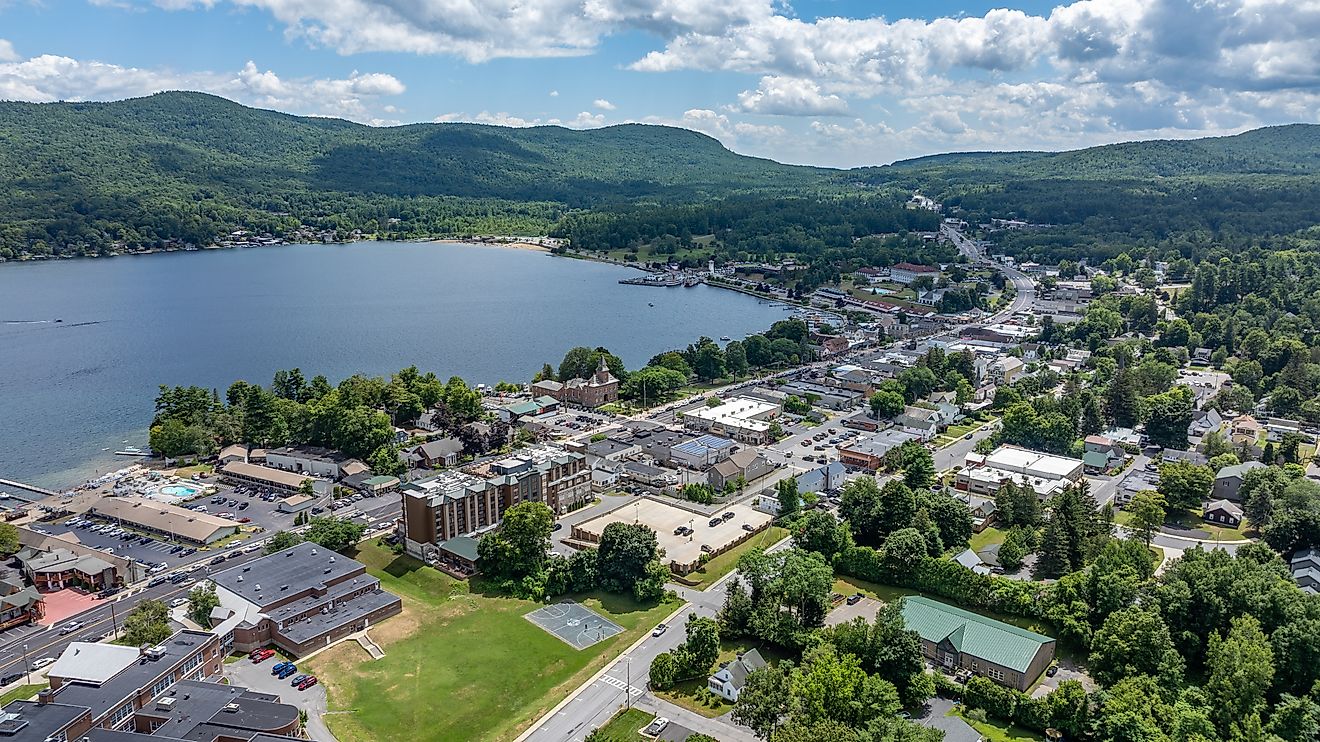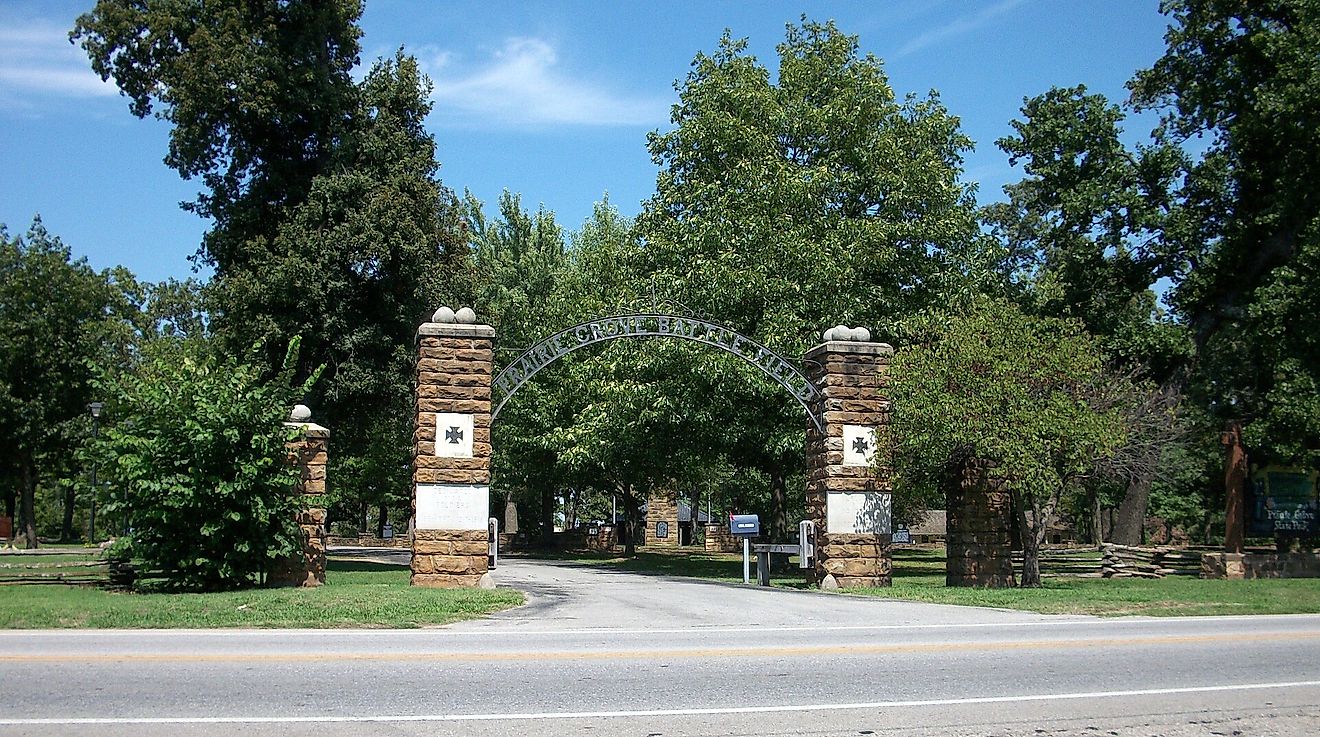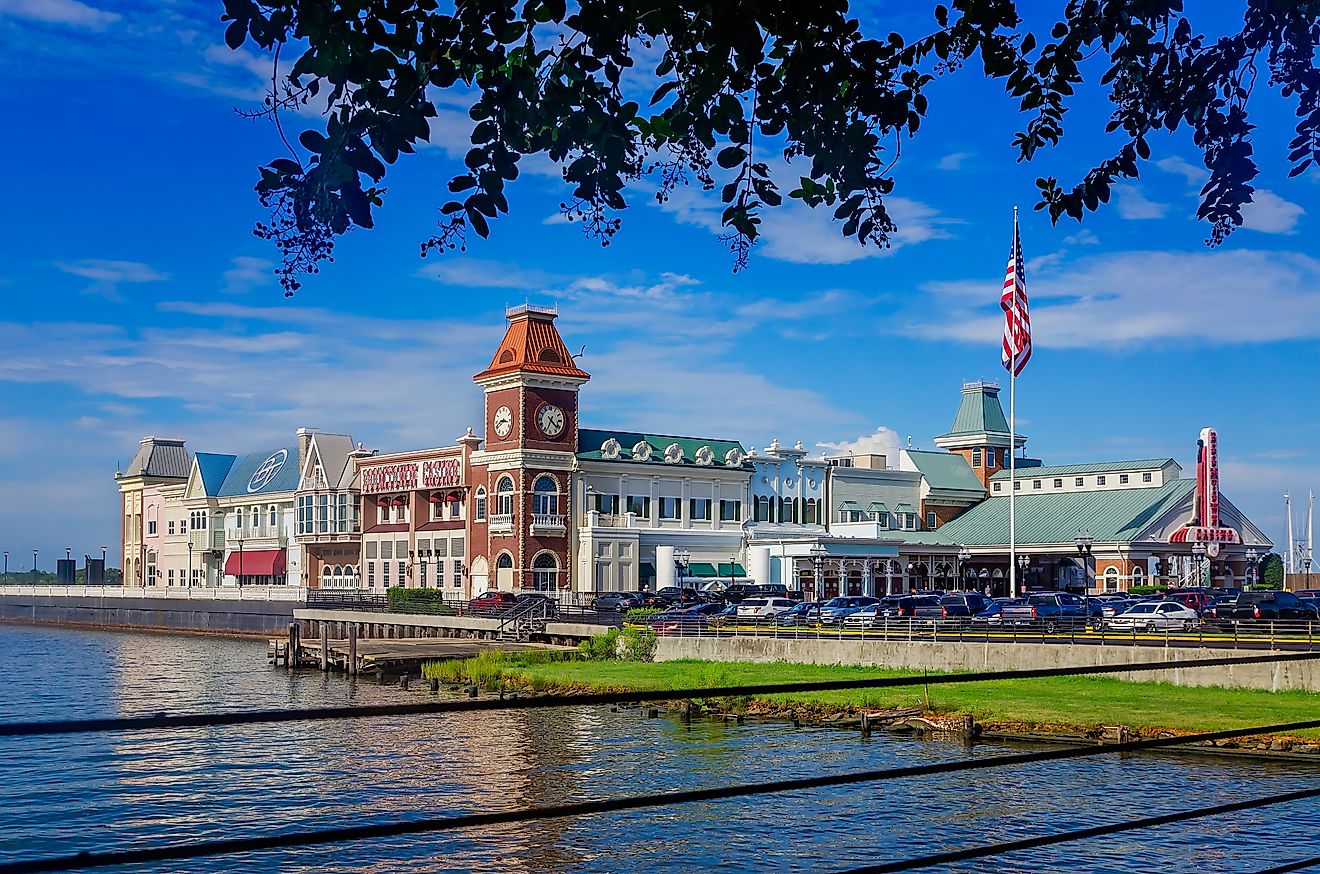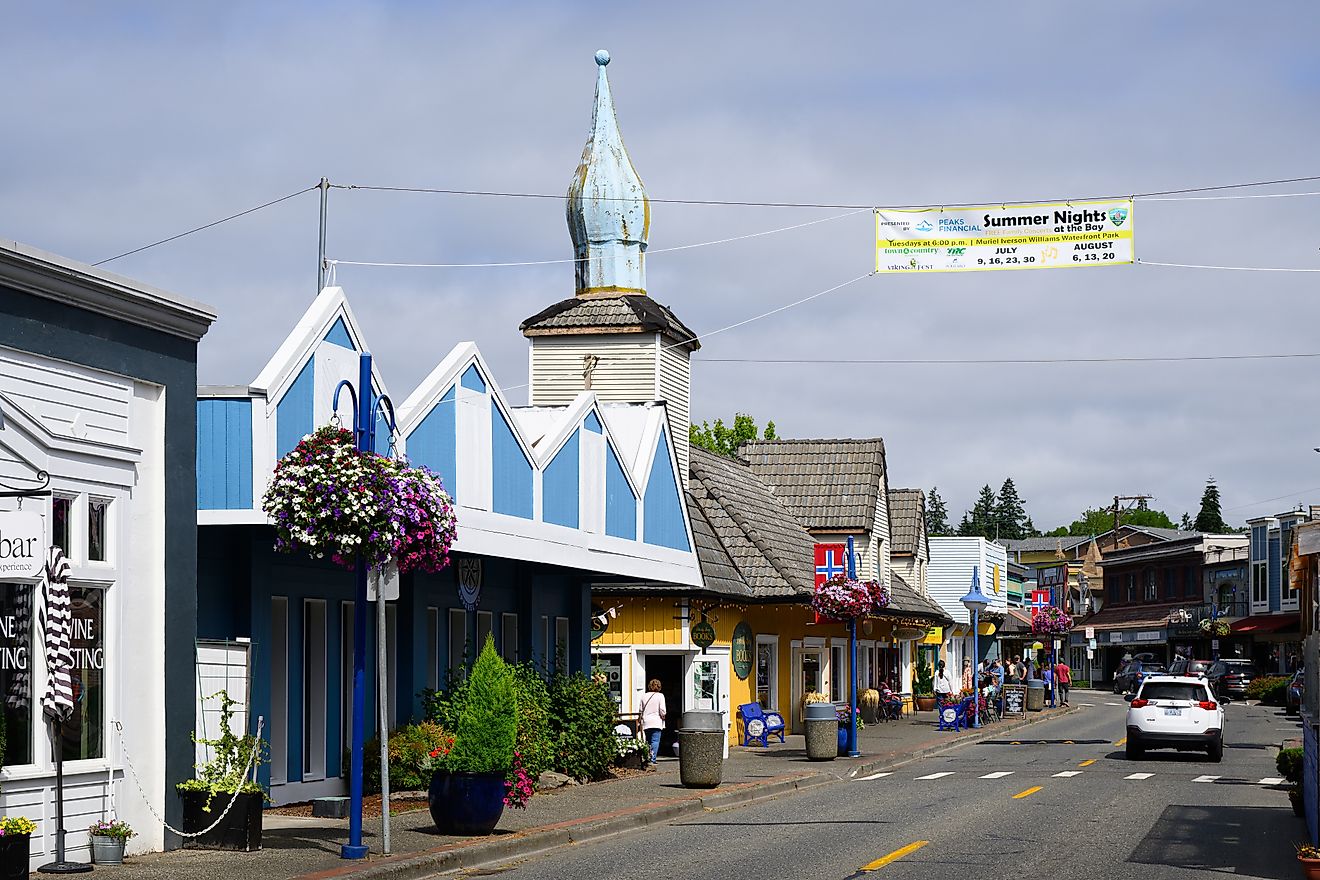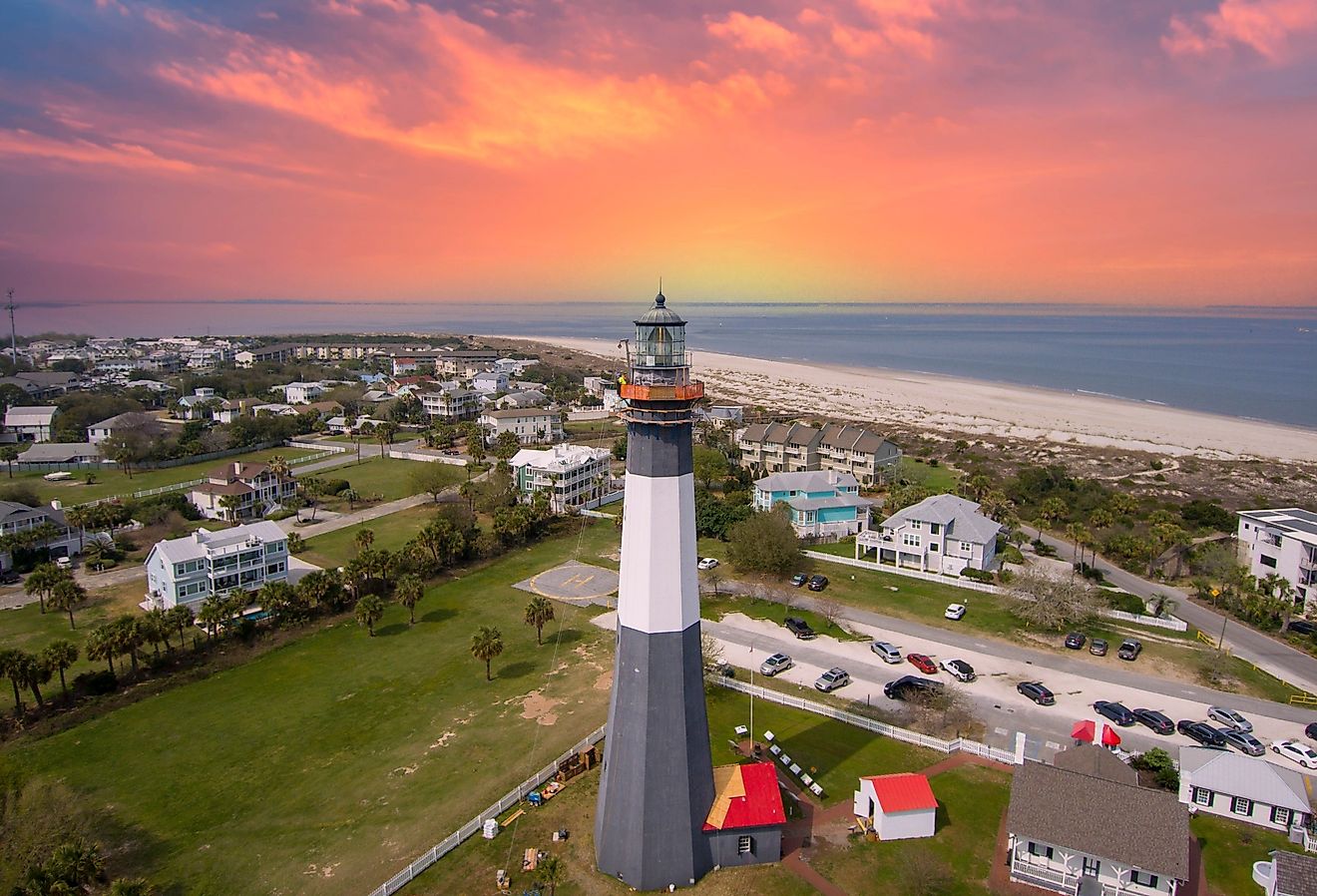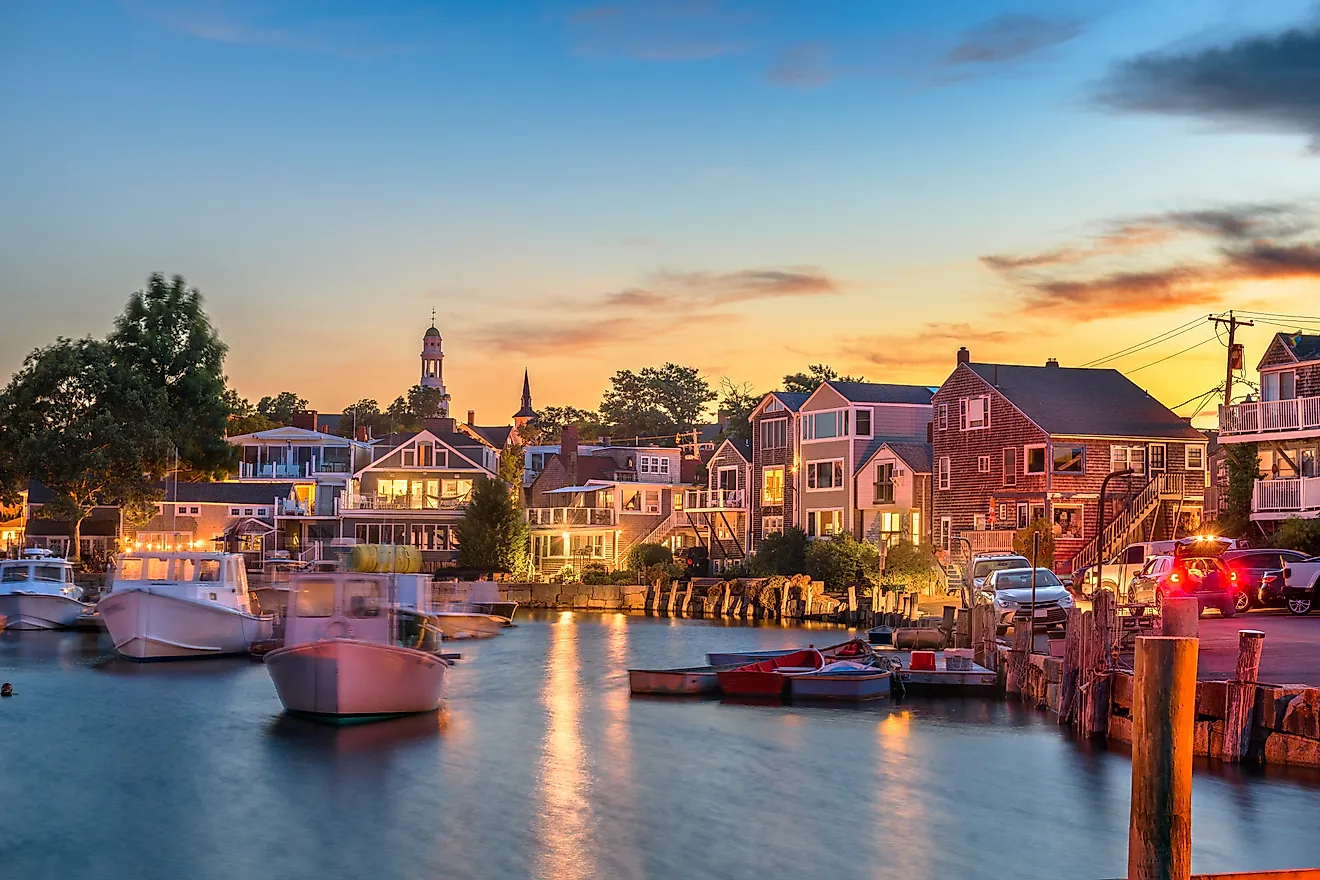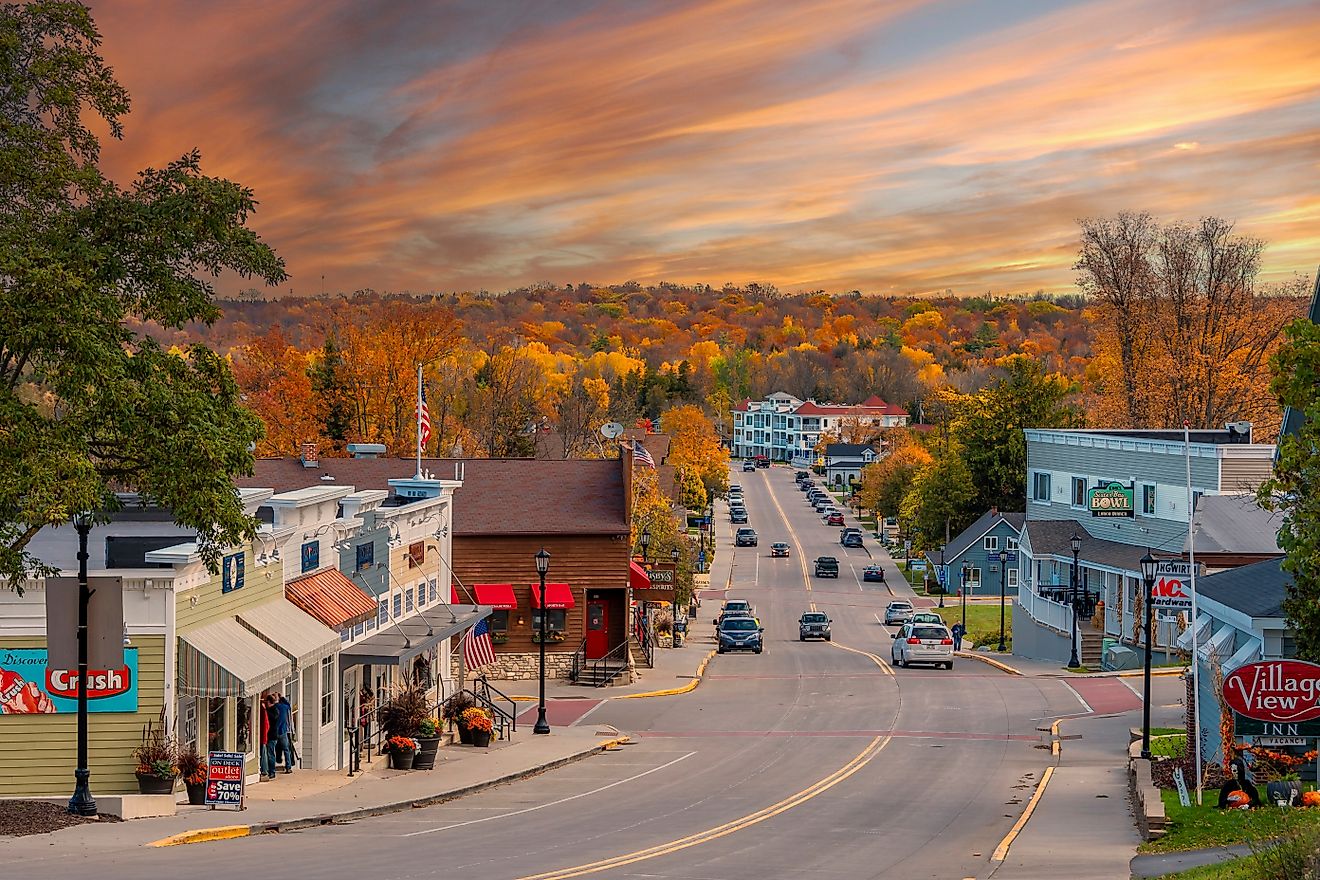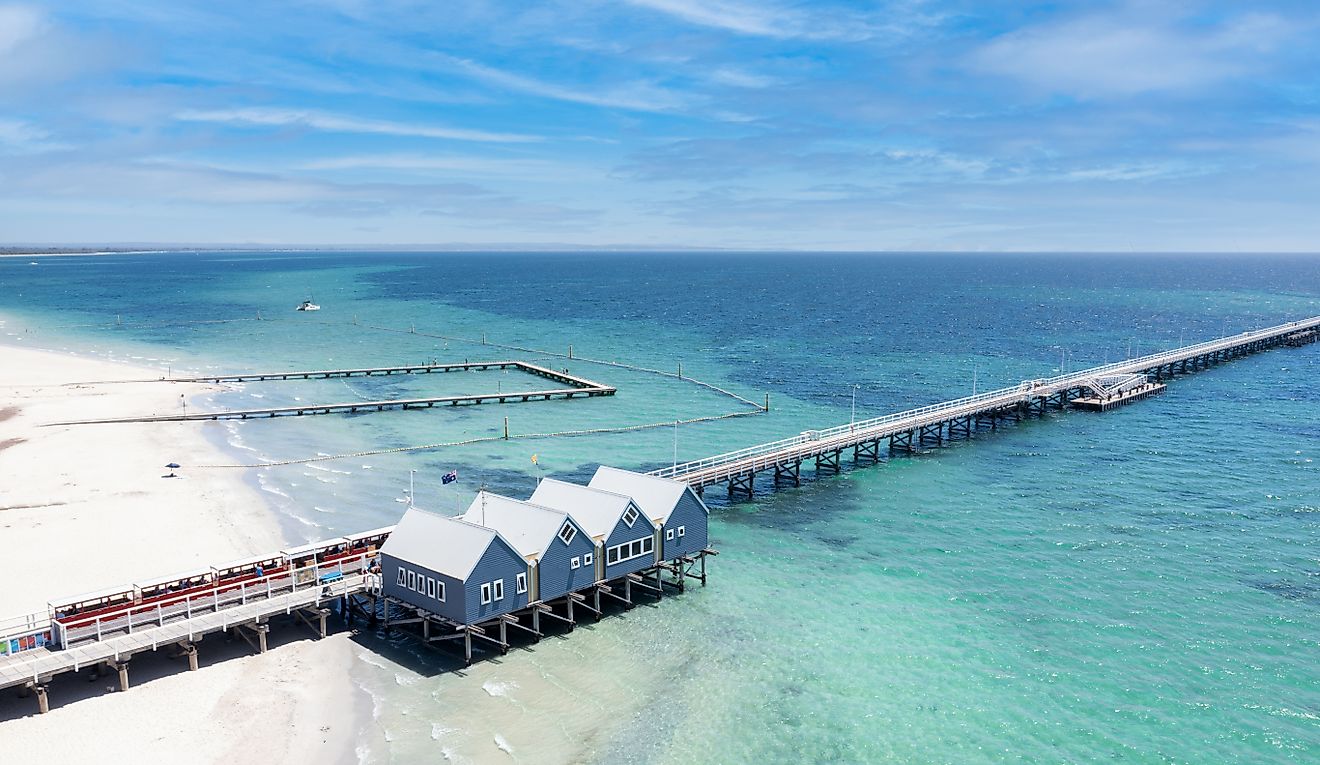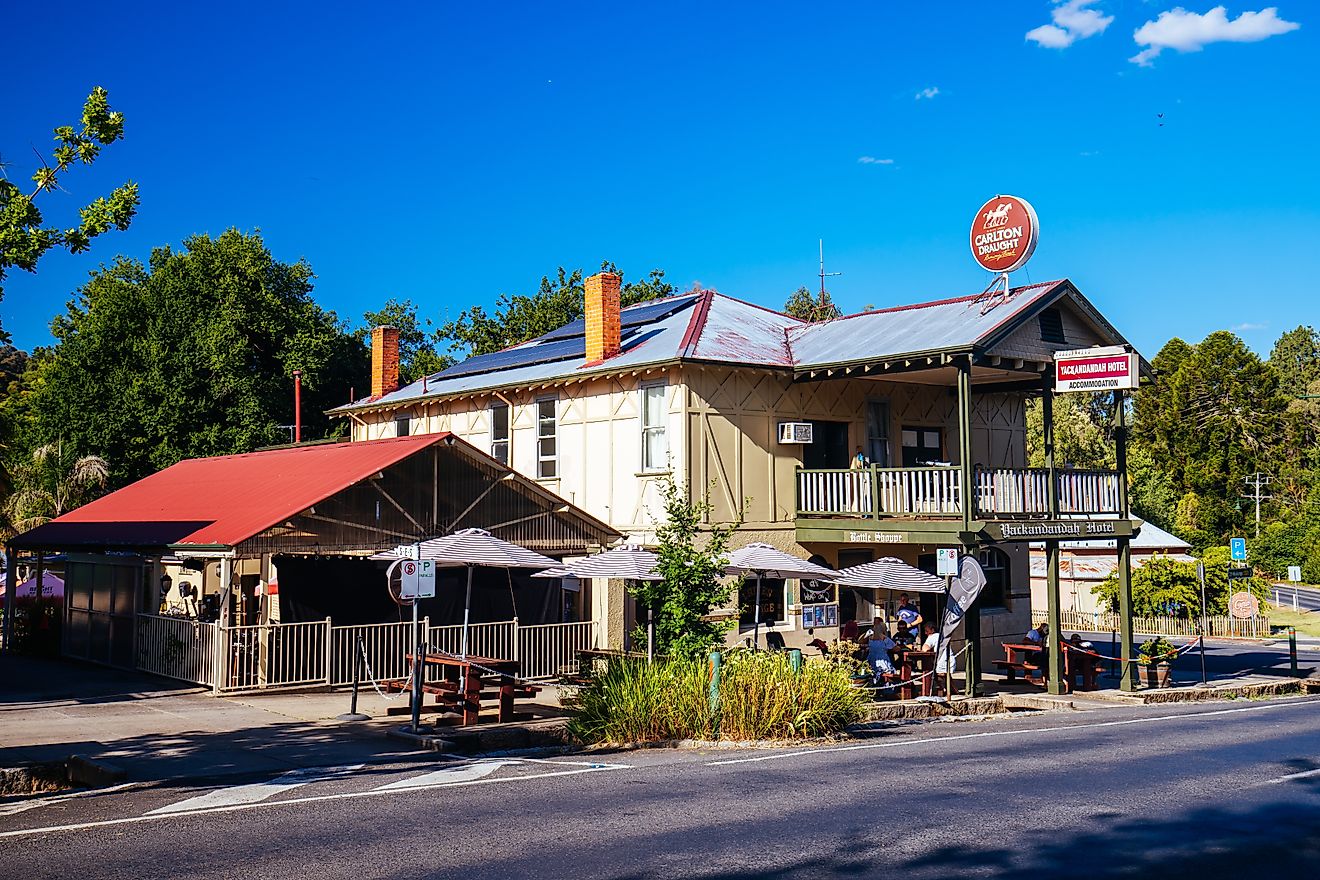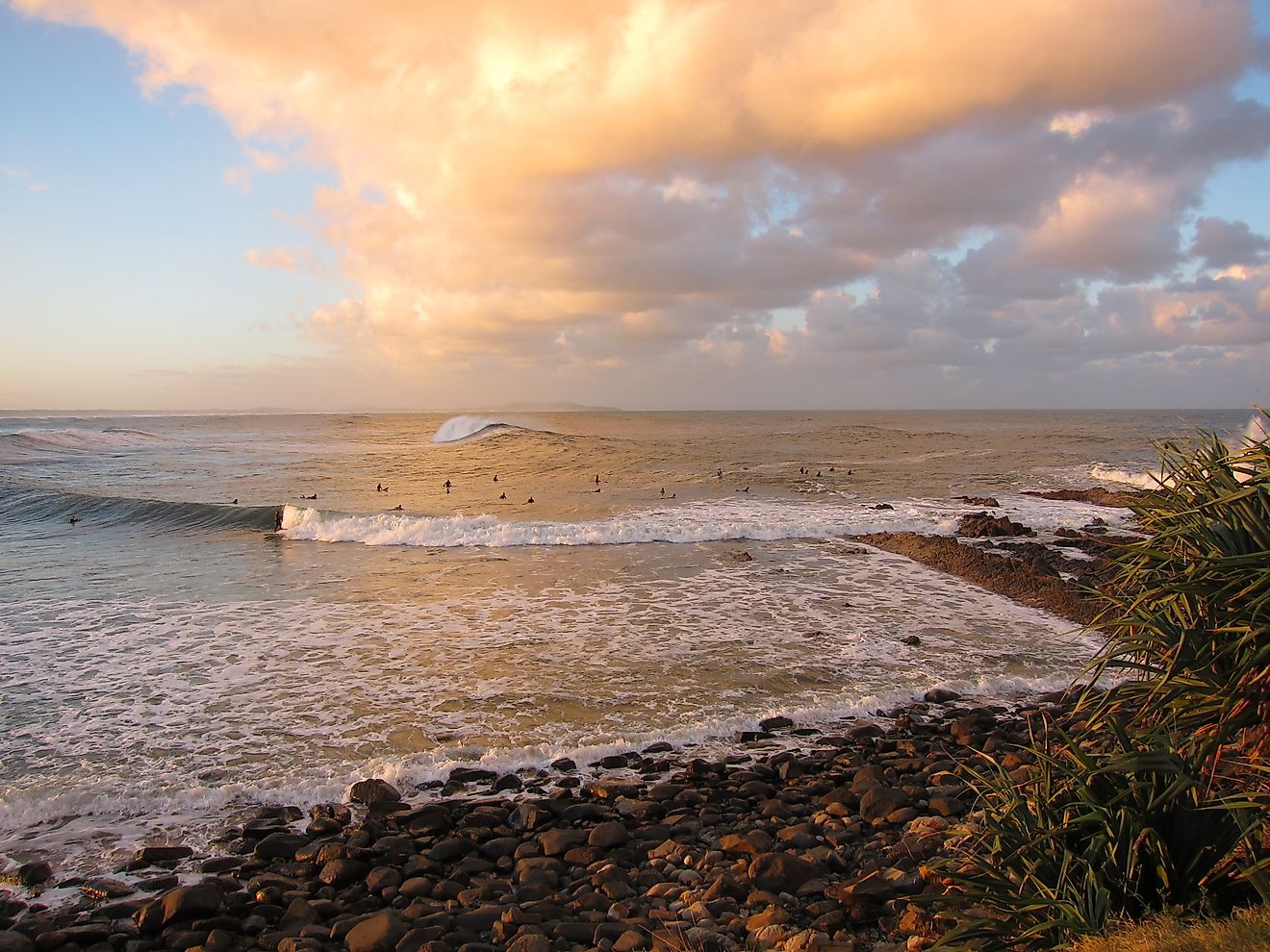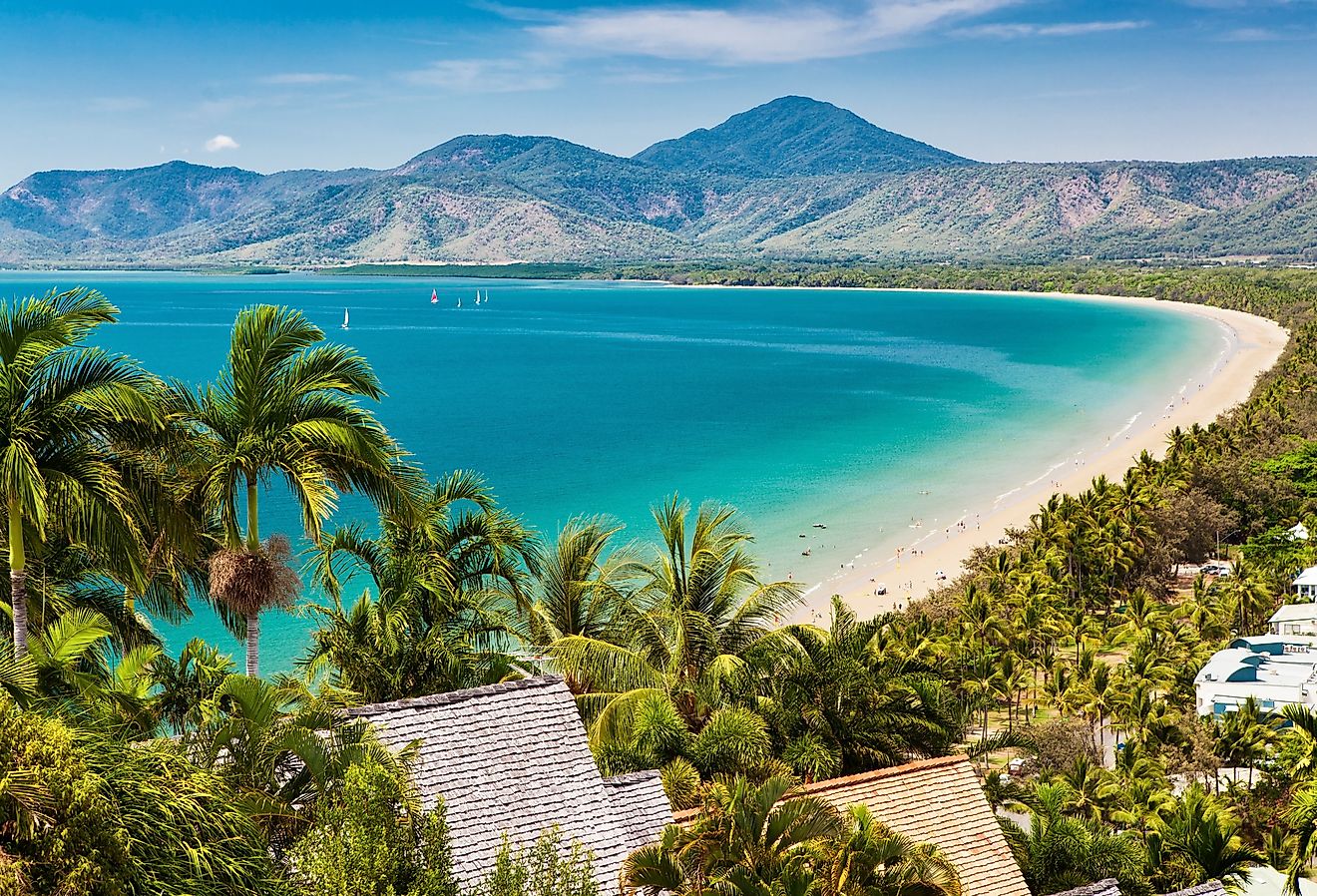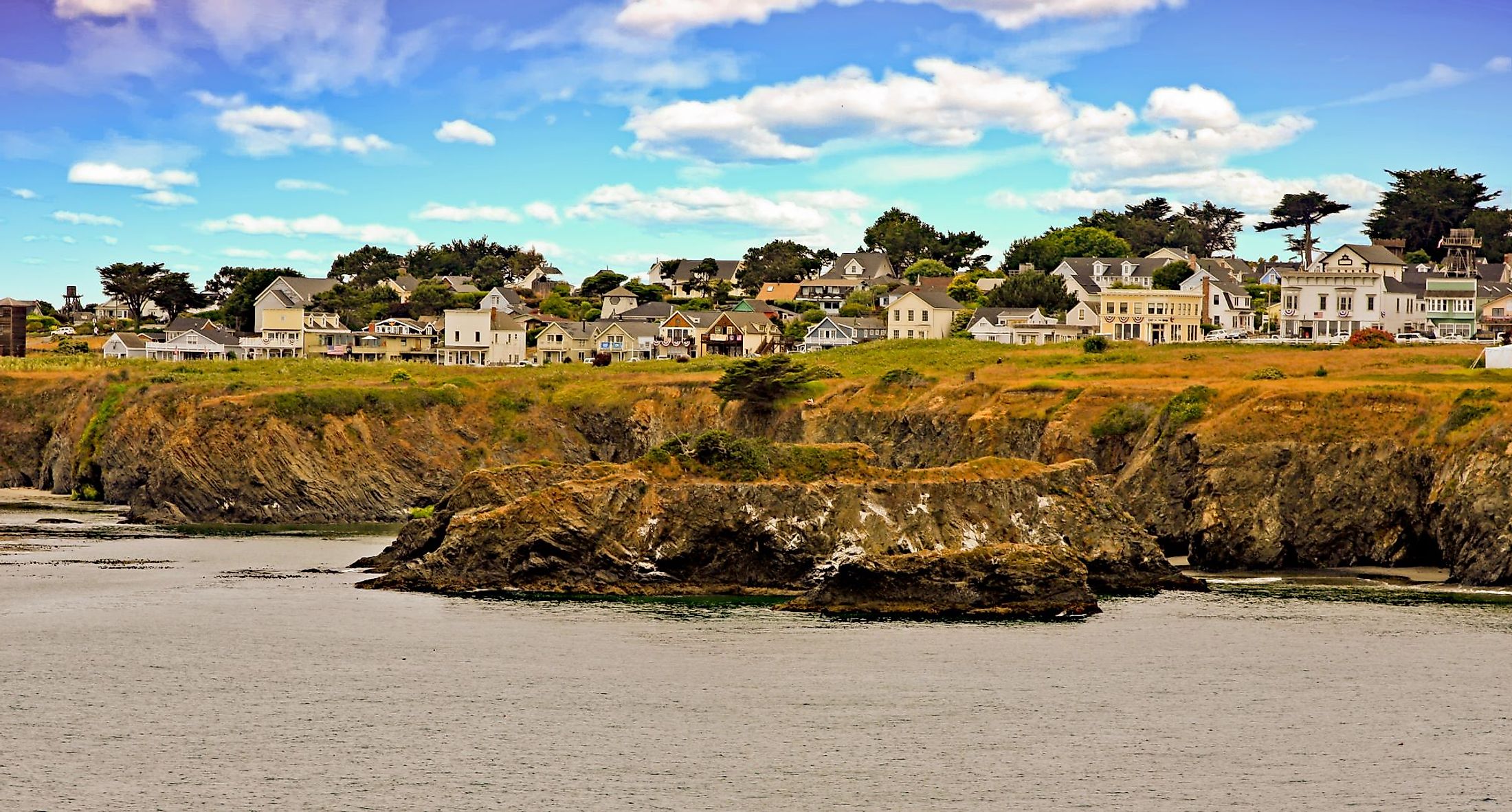
Mendocino, California
Mendocino is a beautiful headland community situated in Mendocino County on the northern coast of the US State of California. The cliff trails and windswept views of Mendocino Headlands State Park surround it on three sides. This gorgeous natural park protects the modest, artistic town from the ocean's tremendous waves.
Geography And Climate Of Mendocino
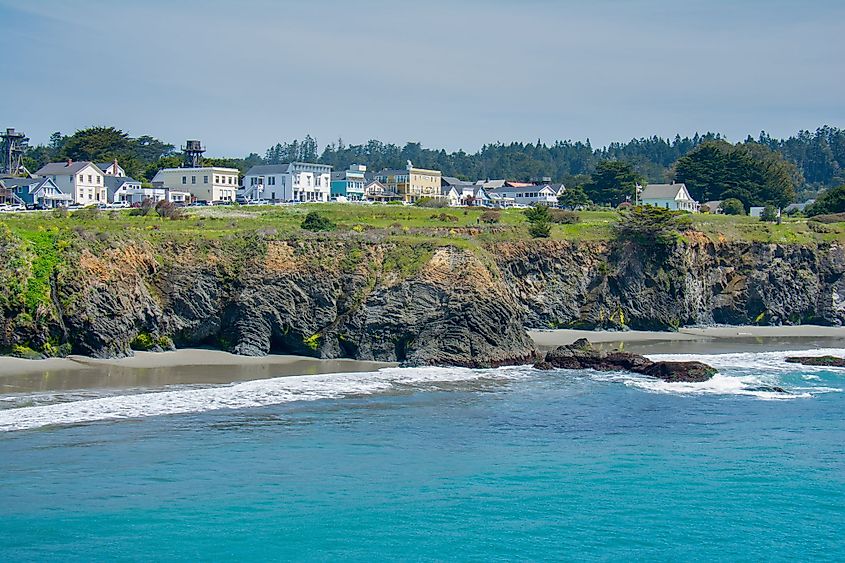
The unincorporated community of Mendocino covers a total area of 19 sq. km, of which 6.0 sq. km is occupied by land, and 13 sq. km is covered by water. Mendocino is located at an elevation of 47m, about 15km south of Fort Bragg. It is roughly equidistant from the San Francisco Bay Area and the California/Oregon border, with the California Coast Ranges separating it from the Sacramento Valley to the east.
Mendocino experiences a Meditteranean climate, as per the Köppen Climate Classification. During the summer, the cool seaside breezes maintain the average daily high temperature up to 15.5°C. Winter daytime temperatures are typically in the high 15°C to low 10°C, with temperatures dropping at night and during storms. Mendocino's most pleasant months are June, September, and May, while December and January are the least pleasant.
History Of Mendocino
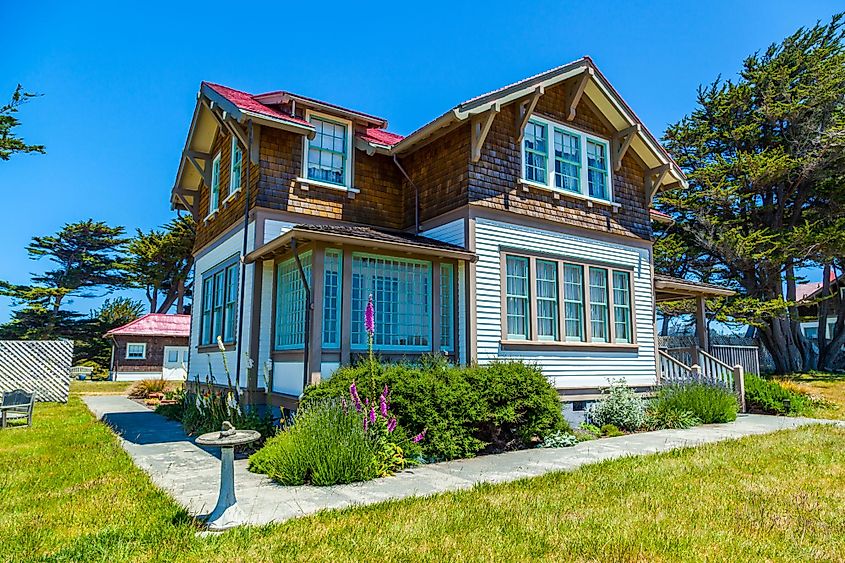
Mendocino County was established in 1850, at the time of California's statehood. Because of its initially limited white American population, it did not have a separate government until 1859 and was administered by Sonoma County prior to that. The county was called Cape Mendocino, which was most likely named after either Antonio de Mendoza, Viceroy of New Spain from 1535 to 1542, or Lorenzo Suárez de Mendoza, Viceroy from 1580 to 1583. Mendocino is the adjectival form of the Mendoza surname. Despite the establishment of the Mendocino Indian Reservation and Nome Cult Farm in 1856, the county witnessed many of the most heinous brutality in the annihilation of the Californian Native American tribes who initially lived in the area, such as the Yuki, Pomo, Cahto, and Wintun, in the 19th century. The methodical takeover of their lands, the enslavement of many of their members, and raids on their towns sparked the Mendocino War in 1859, which resulted in the deaths of hundreds of Indians. The establishment of the Round Valley Indian Reservation on March 30, 1870, did not end discrimination, which lasted long into the twentieth century. Other tribes from the Sierra Nevada mountains were also relocated to the Round Valley Indian Reservation during the "California Trail Of Tears," in which Native Americans were forced to march in squalor to their new home in Round Valley. Many of the tribes put together were not acquainted with the other tribes they were forced to live with on the reservation, resulting in tensions that are still present today.
The Population And Economy Of Mendocino
As per the latest US Census, Mendocino has a population of 855 people. Since the 2010 census, which recorded a population of 894, the population has fallen by -4.36 %. The top ethnic groups in Mendocino are White (80.91%), Asian (15.42%), and Two+ (3.68%). Mendocino's economy employs 580 people. Retail Trade, Public Administration, and Educational Services are the most important industries in the county.
Attractions In Mendocino
Mendocino Headlands State Park
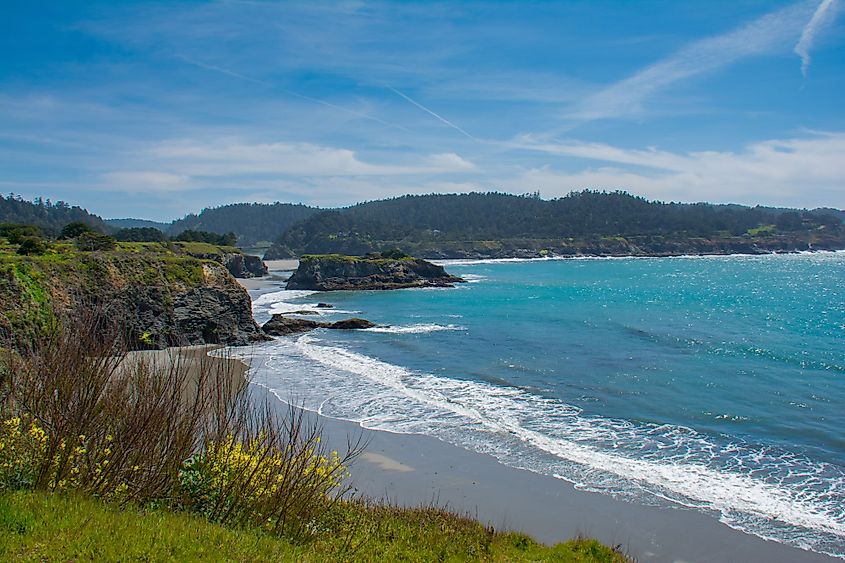
Hiking the cliff paths of Mendocino Headlands State Park, which surrounds Mendocino Village on three sides, is the definitive thing to do on this stretch of the coast. The pathways that run along the headland are well-worn and easy to navigate, leading to various ocean views and ideal picnic places. With these constant beautiful saltwater panoramas and surrounding beach homes, it's usual to see artists with canvas attempting to capture some of Mendocino Headlands' magnificence.
Point Cabrillo Light Station State Historic Park
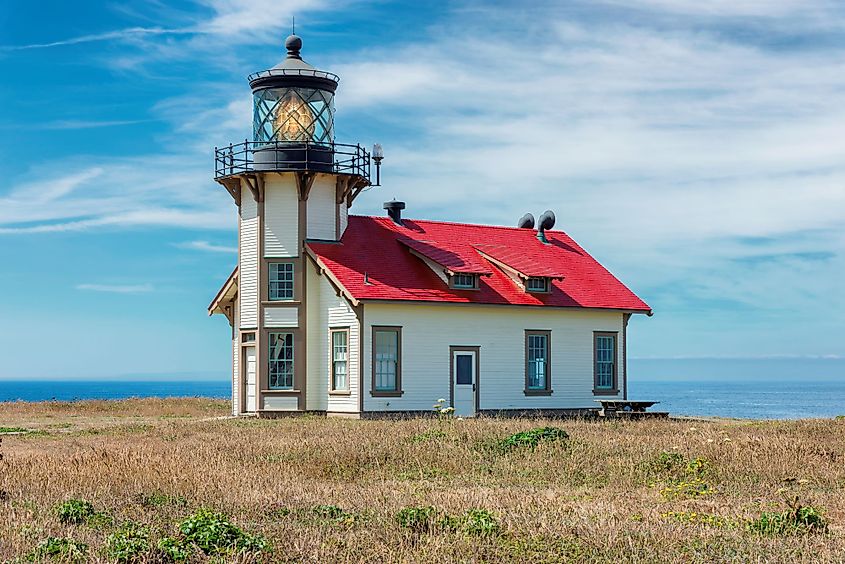
This dynamic navigation aid is a popular attraction for photographers, hikers, and anyone searching for a spot to stay the night. This quite stunning light station is part of a state historic site that is open to the public. Visitors to Point Cabrillo typically park their cars a little inland from the lighthouse and select between two walking pathways to the ocean. One follows a dirt route, while the other follows a built access road. The built route is slightly shorter, with a two-mile round journey, but the dirt path provides more windswept views.
Ford House Museum
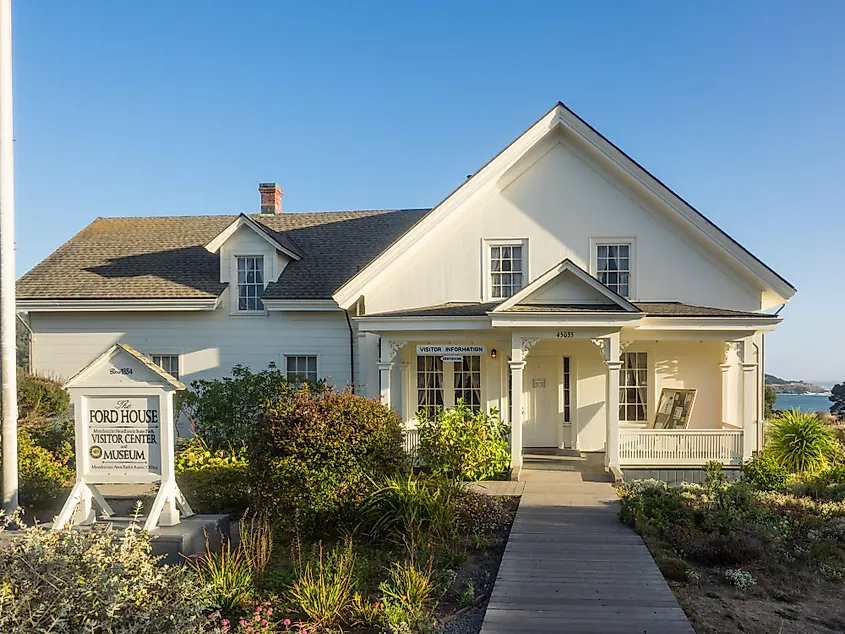
This historic home and museum on Main Street in Mendocino is a renowned tourist destination that transports tourists back to the 1800s. The house was previously owned by Jerome B. Ford, a lumber magnate who is linked to the early growth of Mendocino. The Ford House Museum is officially on the National Register of Historic Places. Artifacts and exhibits documenting life in Mendocino a century ago, including a model reproduction of the city circa the 1890s, are on display throughout the well-preserved residence. Other exhibits focus on the lumber and logging industries that constructed Mendocino, as well as the early residents who gave the area its charm.
Russian Gulch State Park
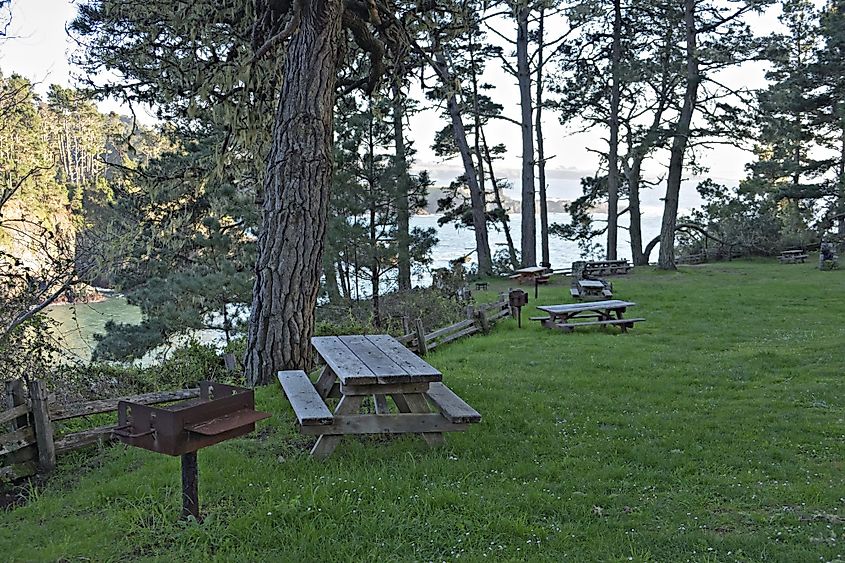
Russian Gulch State Park, located two miles north of Mendocino, features one of Northern California's most stunning coastlines. It also emphasizes the lush landscapes located inland from the shore, which are covered in almost every shade of green.
Big River Beach
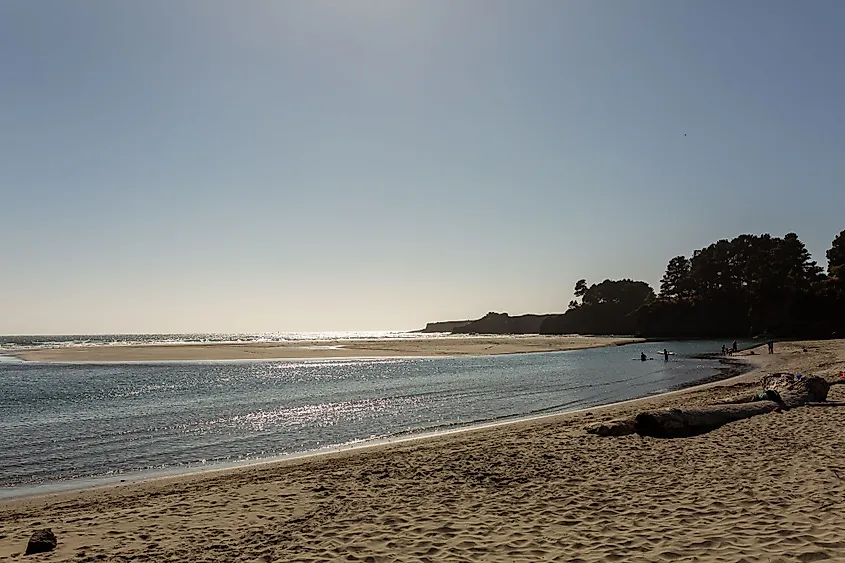
Mendocino Headlands State Park includes this State Marine Conservation Area. As the Big River joins the Pacific Ocean, the environment is continually changing. Exploring the sandy shore and launching canoes into the water are two family-friendly activities at this lively river.
Kelley House Museum
With the entire town classified as a Historic Preservation District, Mendocino is lined with well-aged houses and cottages that are plainly visible from the street. The Kelley House Museum's weekend historical walking tours are the greatest way to learn about these preserved residences. The Kelley House Museum is a wonderful addition to Mendocino's Historic District. The museum has a well-preserved interior as well as changing exhibits and permanent works, including a picture collage titled "Then and Now."
Van Damme State Park
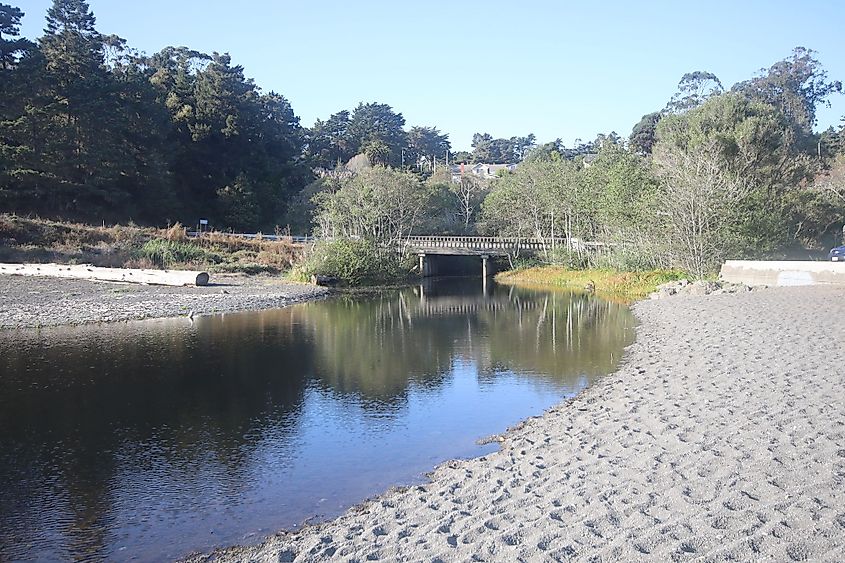
Van Damme State Park, located three miles south of Mendocino at the mouth of the Little River, showcases the recreational activities available along the Mendocino coast. The Civilian Conservation Corps developed the park, which commemorates the area's logging past. It has hiking paths through fern canyons, protected diving places, and redwood forest camping.
With so many beautiful places to visit in California, a small town like Mendocino might easily be missed. Mendocino has something for everyone, and the sites listed are merely a starting point for visitors' schedules if they're visiting within a limited time.
